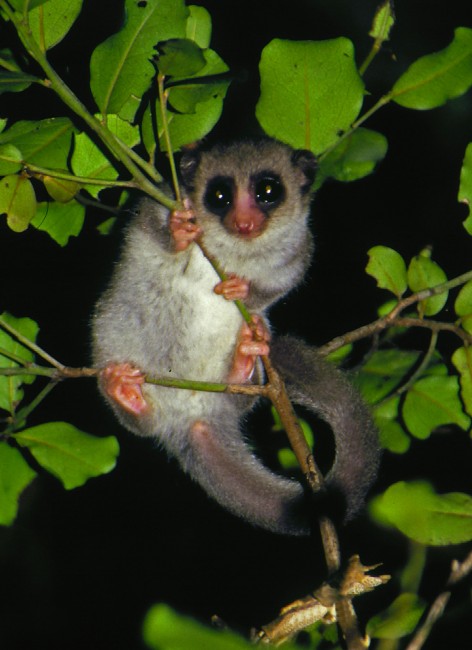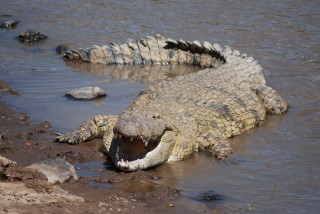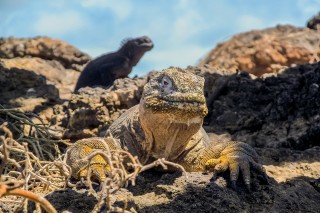
December 12, 2016
The Good Life
- as seen by -
 Petra Lahann
Petra Lahann
While studying fat-tailed dwarf lemurs in southern Madagascar, I was nothing but jealous of their way of living: Staying high up in the trees overlooking the lush forest, eating as many delicious fruits, seeds, flowers, and insects as possible all night long, sleeping away the day in comfortable and cool holes in aromatic trees (presumably as protection against parasites) – all while raising their two or three kids in the most loving way as long-term couples.
Fat-tailed dwarf lemurs do live this perfect and idyllic life for five months every year during the rainy season from November to March. Toward the end of that time, they have brought up their kids and gained more than 50% of their body weight. Practically all the weight is stored in their tails so that they remain mobile and flexible (how enviable for those who put on the pounds elsewhere). Once sufficiently prepared for the Madagascar winter from April to October, they move into the best tree hole as a family and drop into hibernation for up to seven months, non-stop, skipping the whole dry season with its food and water scarcity and cold weather to wake up just in time for another rainy season of living life to the fullest.
To date, no one knows how a mammal species can hibernate for such a long time without showing any organ damage, but I would really like to find out – and so would NASA.




Leave a Comment